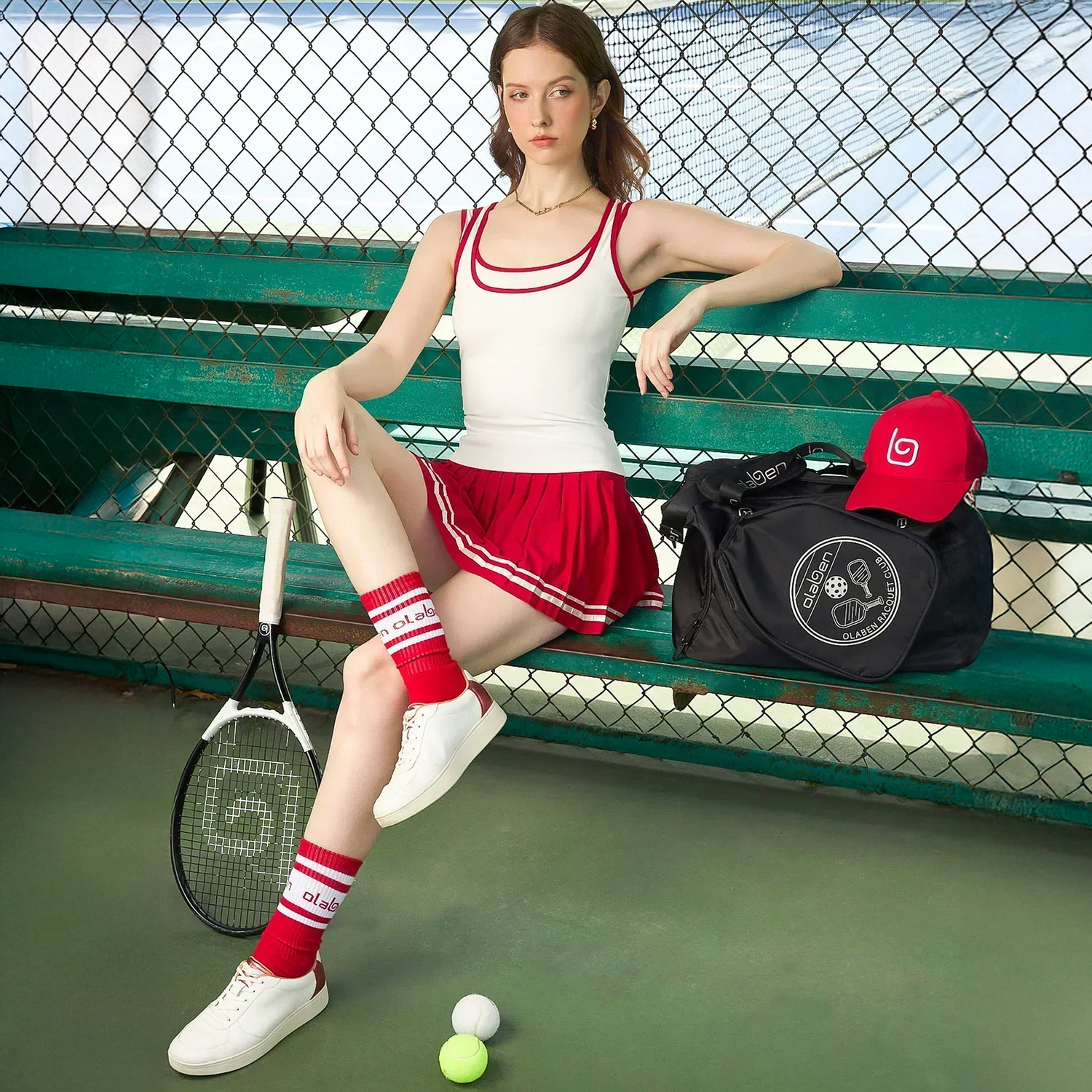When the temperature drops and daylight fades early, staying motivated to run in winter can feel like an uphill battle. The cold mornings, icy roads, and dark evenings make that warm blanket and cup of cocoa look much more appealing than lacing up your shoes. But with the right mindset, gear, and strategy, winter running can become not just bearable—but something you actually look forward to.
In this complete guide, Olaben will share expert-backed tips from seasoned runners on how to stay motivated to run all winter long, how to layer correctly, and how to make the most of the season.
1. Embrace the Season, Don’t Fight It
Winter running is as much a mental game as it is a physical one. According to ultrarunner Cole Crosby, embracing winter as a unique experience instead of an obstacle changes everything. “Winter offers more peace and solitude than any other season. You just have to step out the door and find it for yourself,” he says.
Instead of dreading the snow, think of it as your training playground. Explore holiday light displays during your runs, find quiet trails dusted with snow, and enjoy the stillness that only winter brings. The right attitude turns cold runs into opportunities for mindfulness and growth.
Pro tip: Try snowshoe running or Nordic skiing for variety. They challenge your body in new ways while keeping your aerobic fitness sharp.

2. Layer Smart: The Right Gear Makes All the Difference
When it comes to staying motivated to run in winter, comfort equals consistency. Being too cold—or too hot—can make you want to quit before you even start.
Elite ultrarunner Lindsey Herman recommends mastering the art of layering. “Instead of piling on down jackets, I focus on a good wool base layer and a quality outer shell. Then I make sure my hands and feet stay warm with mittens and ski socks.”
Winter running gear checklist:
-
Merino wool base layer (moisture-wicking)
-
Windproof and water-resistant outer shell
-
Thermal leggings or fleece-lined tights
-
Mittens instead of gloves
-
Handwarmers for extra-cold days
-
A beanie or headband to protect your ears
-
Reflective gear for those dark morning or evening runs
Pro tip for winter runners: Investing in high-quality running clothes makes all the difference.
For women, thermal running leggings and insulated jackets designed for flexibility and breathability can keep you warm without weighing you down.
For men, windproof running tops and fleece-lined tights are perfect for maintaining warmth on chilly morning runs.
Check out our latest women’s running apparel and men’s running gear, designed to help you stay active, comfortable, and confident all winter long.
3. Find Your “Why” and Keep It Visible
When motivation dips—and it will—remember why you run. Runner Lila Gaudrault says, “Some days I feel invincible; other days, the idea of layering up feels impossible. That’s when I remind myself why I run—to feel good, stay healthy, and chase my goals.”
Write your “why” on a sticky note, your bathroom mirror, or your training log. Whether it’s training for a race, managing stress, or exploring nature, keeping that reason front and center makes it easier to get out the door.

4. Set Winter Goals or Join an Online Challenge
It’s easy to lose direction when there are fewer races on the calendar, but setting short-term goals or joining online challenges can help maintain accountability. Cole Crosby suggests finding virtual events like:
-
Holiday scavenger hunts
-
Vertical climbing challenges
-
Fastest Known Time (FKT) attempts
Many of these have online communities or Facebook groups for support, which can be the push you need to stay consistent.
Alternatively, plan for an early spring race and use winter as your base-building phase. Having something tangible to train for helps turn discipline into habit.
5. Stay Connected with a Running Community
Even the most motivated runners can lose momentum without support. That’s where your running community comes in.
Join a local winter running club or find a few accountability buddies who won’t let you hit snooze. Running together makes cold mornings more bearable—and maybe even fun.
If you prefer solo runs, find digital motivation: Strava clubs, Instagram challenges, or even posting your progress weekly can help you stay on track.

6. Hydrate and Fuel Properly
Hydration might not seem important when it’s freezing, but cold weather actually increases fluid loss. You exhale more moisture, and your body uses extra energy to stay warm.
Runner Lila Gaudrault recommends adding electrolytes to your water to maintain balance. “I mix Lemon Tea Mapleaid into my water during long runs—it keeps me hydrated and adds flavor.”
For longer outings, bring snacks or gels and break your run into mental checkpoints. “When the going gets tough, I focus on getting to the next snack,” says Herman. Simple but effective.
7. Try Cross-Training When You Need a Break
If you’re losing enthusiasm, switch things up with winter-friendly cross-training. Snowshoeing, hiking, and cross-country skiing can build endurance without the monotony of daily running. These activities keep your heart rate up, strengthen different muscles, and give your mind a break from routine.
Remember, variety keeps motivation alive.
8. Reward Yourself After Every Run
Sometimes, all the motivation you need is waiting at home. A steaming cup of coffee, a warm bath, or your favorite blanket can make post-run recovery feel like pure bliss.
Many runners swear by the reward system:
-
Warm up a cozy soup or stew before heading out
-
Promise yourself a hot chocolate after a snowy run
-
Save your favorite TV show for treadmill sessions only
These small rituals can transform winter running into something you look forward to.

9. Focus on the Transformation
Running in the cold isn’t just a workout—it’s a mindset shift. Winter teaches patience, resilience, and adaptability. It helps you appreciate the quiet moments and the beauty of frozen landscapes. The Scandinavian concept of friluftsliv—celebrating life outdoors, no matter the weather—perfectly captures this spirit.
Once you start embracing winter running instead of resisting it, you’ll realize: it’s not about surviving the cold; it’s about thriving in it.
Final Thoughts
Staying motivated to run in winter takes preparation, creativity, and mental toughness. But the rewards—stronger endurance, mental clarity, and that unbeatable post-run glow—are well worth it.
So, layer up, find your “why,” and step out the door. You might just discover that winter running isn’t a punishment—it’s your secret weapon for a stronger, more inspired year ahead.













